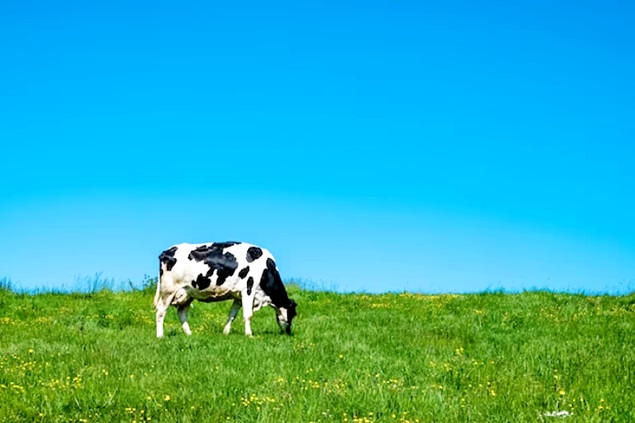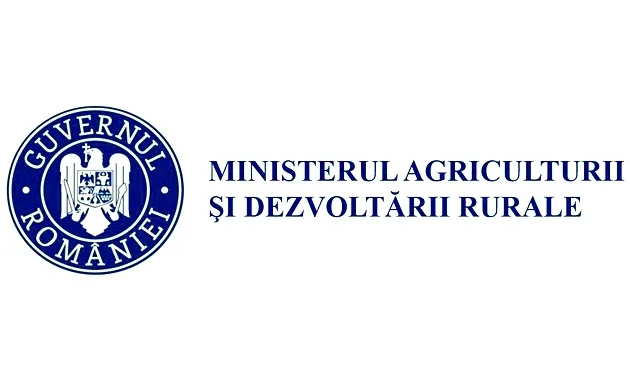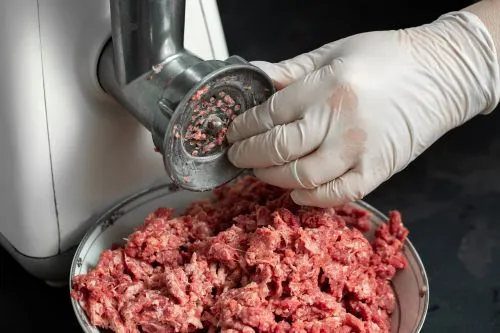
The global dairy industry is constantly seeking new ways to improve productivity and profitability, often by evaluating factors such as timing, labor, inputs, nutrition, genetics, and available knowledge, notes DairyGlobal.
Technological assistance
For success for both dairy farmers and their animals, this assessment must also balance welfare, health, and comfort. Technology helps guide these efforts.
In the realm of animal health, dairy farms are inviting places for diseases accompanied by transmissions and subsequent outbreaks, as cows live in close quarters. If one cow gets sick, others can quickly catch the same bug and pass it along to their mates. Waves of illness can flood a barn in no time, even spreading from farm to farm as animals are bought, sold, and transported.
Disease is accompanied by antibiotic treatments, both successful and unsuccessful recalls, and in some cases, even costlier, deaths.
AI technology to determine animal health
MyAniML, an animal health technology company based in Kansas City, focuses on a somewhat unusual part of the body in their quest for health advancements - the cow's muzzle. Their computer vision technology powered by artificial intelligence uses machine learning and facial recognition while analyzing the face and muzzle for early signs of illness.
"Snouts are unique, like fingerprints in humans," says Shekhar Gupta, founder, and CEO of MyAniML. "Our research has shown that they start changing even before an animal visibly gets sick. Our technology looks for these subtle changes in muzzle ridges to predict health events 2 to 3 days before visible symptoms."
To capture the necessary identification data, motion sensor cameras are placed along the feed bunk, on trucks, in parlors and on carousels and milking robots. They act in conjunction with sensors attached to ear tags.
The large AI cloud-based system analyzes a constant stream of images and data, automatically sending email notifications with detailed health records, videos, and photos of the tag, face, and muzzle of the sick animal.
Labor costs, welfare, fertility
"Cows can't speak to us, but that doesn't mean they don't feel stress or under the weather," says Gupta. "Facial recognition contributes to the individual identification aspect of the supply chain and is becoming an increasingly important aspect of biosecurity."
He foresees MyAniML technology being beneficial for fertility, comfort, welfare, and behavior. In some early examples, muzzle analysis has already identified cows lacking water, plus highlighted the ratio and nutritional adjustments needed.
"We're fundamentally changing management practices," says Gupta. "A big benefit is that farmers save on labor costs. After the pandemic, it's been harder to hire and train people to recognize and understand individual animal behavior. Our system works from day one, even for new hires."
While MyAniML is commercially available in beef feedlots, they're still finalizing tests in large and small dairy operations, searching for the best locations and procedures for camera usage.
As the technology currently offers "sick" versus "healthy" indications for each animal seen, during trials, Gupta asks dairy owners to respond with circumstances in which cows receive "sick" alerts to expand the disease database. His hope is that machine learning will aid in transitioning from these basic health determinations to recognizing specific diseases, such as bovine respiratory disease, ketosis, mastitis, and pink eye.
"We want to go as far as possible," Gupta asserts. "Muzzle analysis and facial recognition are revolutionizing bovine health and herd management. We're eagerly and feverishly working to help not only animals but also humanity, achieving a superior quality of consumable product."
Sensors for information
Dairy cows are bred to be highly productive, but many factors operate in a delicate balance either to help or discourage them from meeting expectations. Disease, fertility, nutrition, and even location all play a role in welfare and profitability.
If left to fend for themselves, treatment costs mount, antibiotic consumption increases, vet bills rise, and deaths occur. Fertility suffers too, as artificial insemination processes and products, including semen and reproductive hormones, can be wasted when breeding occurs at the wrong time or when an animal is ill.
Systems like CowManager, a technology distributed by parent company Select Sires Inc., aim to stabilize this balance and positively enhance herd capabilities.
CowManager utilizes ear sensors, each containing a battery, a microchip, and an accelerometer and identified with a QR code to monitor estrus cycles, nutrition, lameness, plus providing early indications of fever and illness. The QR codes are entered into the program, linking both to a sensor and an animal. Routers are strategically placed in barns and yards to collect uploaded data.
"The ear is the most sensitive area to gather rumination, feed, temperature, and location information," says Peter Scharringa, product manager for Select Sires Canada. "Ear movement is constant, every second, so the sensor picks up a lot of data. Every 15 minutes, it transfers this information through routers to the main server in the Netherlands. From there, it comes back to the farm within the hour."
Scharringa explains that "normal" baselines are built from the studied dairy cow habits worldwide.
Research has shown that a typical healthy cow will act in a certain way for certain periods throughout a day. When sensors identify moments too far from this norm, they send out a "suspicious," "sick," or "very sick" alert via smartphone, tablet, or computer.
The utility of reports
Though alerts aren't yet disease or condition-specific, the program's reports display hourly and historical data levels to identify when behavior has changed.
"It brings together the manager and the animal well before they'd interact if only visual checks were used," says Scharringa. "They're able to manage every situation in the best way possible."
He believes CowManager is changing management practices, especially on the reproductive side, as more and more operations use sexed semen, which needs to be used at the right time in the ovulation cycle. Their program provides almost real-time data, with information provided per hour.
"A system should pay for itself but also help with management," he says. "We're always trying to improve our technology. It's constantly changing, like a revolving door."
In the future, CowManager is working to enhance its "find a cow" capability, to add sorting gates, and potentially become a complete management package capable of integrating better with more dairy product programs.
"We're making vital progress. The industry's becoming tougher, with everyone looking for ways to save money. This will help," says Scharringa.
Technology continues to enhance and advance all aspects of dairy products worldwide. Whether by muzzle or ear, informed and accurate data leads to better decision-making.




